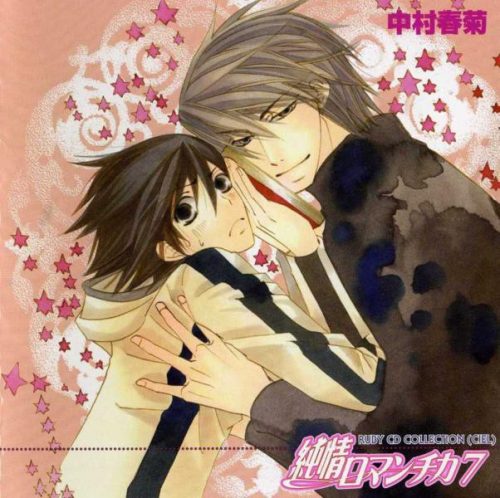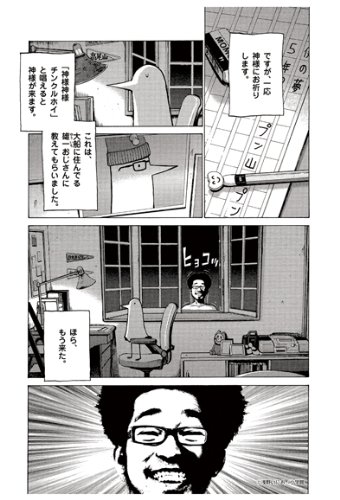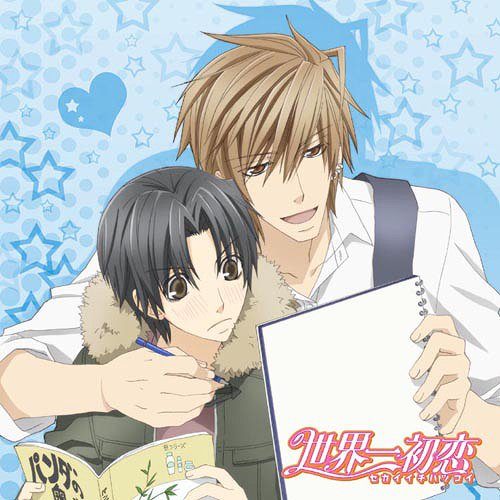
While most of us enjoy manga, it’s highly likely the common reader doesn’t know how their favorite series get made. However, if you’re a fujoshi, it’s very likely you have a better idea than most thanks to the popularity of series like Junjou Romantica and Sekaiichi Hatsukoi. More recent shows like Mangaka-san to Assistant-san to (The Manga Artist and His Assistants) also take a comedic look and what mangaka (manga artists) go through in order for their work to see the light of day. Let’s examine the ins and outs of how to create manga!
Coming up with a story
While this seems like an obvious first step, there are certain things to consider where manga is concerned. Whether you’re a beginner with a one-shot or a seasoned mangaka working on a continuation of a series, helpful things to look at are manga magazines. Not only can they give you ideas of what’s out there, but the ranking system allows you to see the current trends that are popular with the public. Mangaka can track how their most recent stories compare to older ones to see if changes need to be made. Editors play a heavy role in the creative process, giving advice and steering their mangaka in the right direction and providing feedback based on hours of research.
The storyboard
After the general idea is fleshed out, a rough sketch of the notable scenes is made to help mark the flow of the manga. Often several character designs are made before a final one is settled on. If a mangaka has assistants or editors, now is the time to get their feedback on the pacing and general feel of the story. Should these words be drawn out over several panels? Are there too many pictures of just scenery? Is the big reveal lacking in impact? Once everything is settled, it’s time to get drawing!
The pencil sketch
Some mangaka solely use computer software to draw, shade, and color their manga, but since that’s simple enough to understand, we’ll look closer at the process of good ol’ pencil and paper. First, a pencil is used to, as nearly as possible, draw the final version of what the manga is going to look like. Sometimes a mangaka will do this all themselves or will use the talents of others who may excel at producing scenic backgrounds or are good at drawing certain textures. Often, screentones (thin, mostly transparent sheets used to apply textures and shades) are cut out and put on top of the pencil sketches to save time and create a more even look.
Inking

Usually, a number of different pens are used to get juuuust the right shape and amount of ink to master the look an artist is going for. Oftentimes screentones (thin, mostly transparent sheets used to apply textures and shades) are cut out and put on top of the pencil sketches to save time and create a more even look. The inking is all done on top of the pencil sketches and once completed, the pencil lines are erased, leaving a sharp, clean look. Whiteout or white ink is applied to get rid of any stray marks or messy lines.
Uploading/Editing
The manga is then ready to be photocopied and uploaded for additional edits using computer programs such as Photoshop or Clip Studio Paint. It’s up to each mangaka how much work they want to do on the computer as opposed to pen and paper but it makes touch-ups and minor edits less risky. After that, it’s ready to be printed/sent to the editor/submitted to a magazine!
Final Thoughts

Perhaps at first glance, it may seem like creating manga is just making some pictures and slapping words over them. Beyond the creative and linguistic choices, there’s so much that goes into just getting a manga physically ready for printing. Next time you sit down to read something, take a moment to appreciate all the thought and preparation it took to get it ready for you!
[PR_honeys title="Honeys Anime Recommends!" text="We get it. Maybe you have thought about making your own manga in the past, or maybe you want to look more into getting feedback on a manga you drew. The process is not easy as you can see above, but that is why we are here for your. Honey’s Anime recommends the following 'Manga Drawing / Comprehensive Course' from Manabi Journey which is professionally taught in English and has produced over 100 professional manga artists in Japan. It makes total sense and we recommend it wholly." url="https://tour.manabijourney.jp/mangadrawing//?utm_source=honeysanime&utm_medium=banner700x200&utm_content=inside-single&utm_campaign=manabijourney-mangadrawing-comprehensive2" onclick="ga('send', 'event', 'link_external', 'click', 'to_manabi_journey_manga_comprehensive2@single_pr');" img=' ']
']
Recommended Post
Where is Manga Published?
Recommended Post
Which Manga Drawing Software is Actually Good?
Recommended Post




